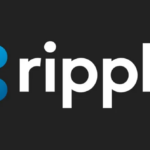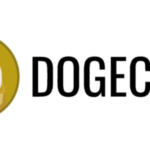Visa plans to launch tokenized asset platform on Ethereum blockchain, pilots scheduled for 2025

Visa recently disclosed its intention to introduce the Visa Tokenized Asset Platform (VTAP) on the Ethereum blockchain. The primary objective of this platform is to empower banks with the capability to issue and manage various tokenized assets. This announcement reflects Visa’s commitment to leveraging blockchain technology to enhance its existing payment infrastructure.
Through the Visa Tokenized Asset Platform, banks will be able to create digital representations of assets such as physical currency, certificates of deposit, and other forms of value. These tokenized assets will be built on the Ethereum blockchain, which is well-known for its smart contract functionality and programmability. By utilizing blockchain technology, banks can streamline the issuance, management, and transfer of tokenized assets in a secure and efficient manner.
One of the key benefits of tokenizing assets on the Ethereum blockchain is the transparency and immutability that this technology provides. Every transaction and asset transfer is recorded on the blockchain, ensuring a high level of transparency and auditability. Additionally, smart contracts can be programmed to automatically execute certain actions when predefined conditions are met, reducing the need for manual intervention and enhancing operational efficiency.
Visa’s decision to launch the Visa Tokenized Asset Platform comes at a time when the adoption of blockchain technology is rapidly increasing across various industries. By leveraging the Ethereum blockchain, Visa aims to position itself as a key player in the emerging market for tokenized assets. The ability to tokenize traditional assets opens up new possibilities for banks to innovate their financial products and services, potentially reaching a broader customer base and creating additional revenue streams.
In addition to enabling banks to issue tokenized assets, the Visa Tokenized Asset Platform will also provide a framework for the interoperability of different tokenized assets. This interoperability is essential for creating a seamless experience for users who may hold a diverse range of tokenized assets issued by different banks. By establishing a common platform for tokenized assets, Visa aims to promote collaboration and standardization in the emerging blockchain ecosystem.
Overall, the launch of the Visa Tokenized Asset Platform represents a significant milestone in Visa’s journey towards embracing blockchain technology. By leveraging the Ethereum blockchain, Visa is poised to transform the way banks issue and manage tokenized assets, opening up new opportunities for innovation and growth in the financial services industry. As blockchain technology continues to evolve and mature, it is likely that we will see more initiatives like the Visa Tokenized Asset Platform shaping the future of finance.





